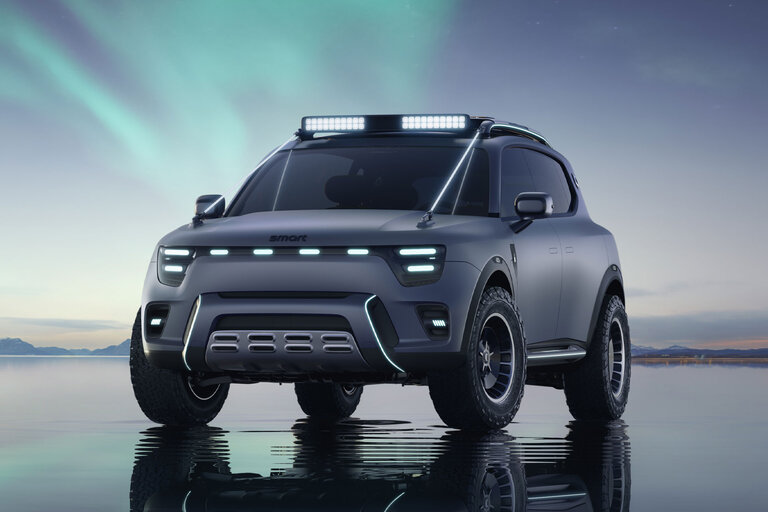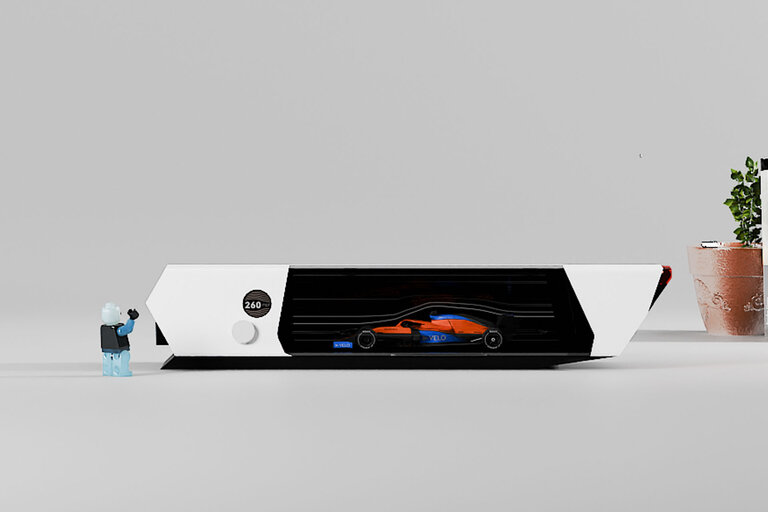
Basic car insurance may include several coverage options, depending on what your state requires and how much protection you want on your vehicle. As you compare coverage options, you can determine what to include on your insurance policy.
Basic Auto Insurance Policy
When you are comparing auto insurance companies or shopping for a new car, it is important to understand the most common coverage types available and what each will cover. The purpose of each type of coverage is to protect you, your vehicle, your passengers, and other drivers around you on the road in the event of a car accident, according to data presented by ValuePenguin.
Although different states have different mandated auto insurance coverage requirements, most auto insurance policies are available with six coverage types. These types include:
- Bodily injury liability.
- Property damage liability.
- Collision.
- Comprehensive.
- Personal injury protection.
- Uninsured/underinsured motorist.
All coverage types are priced separately, so the pricing and policy limits vary between insurance companies and locations. The Insurance Information Institute reports that bodily injury liability covers injuries caused by you, the policyholder, or the person driving the vehicle covered under the policy. According to The Hartford Insurance, covered individuals on the policy can also utilize this coverage option when driving someone else’s vehicle, as long as you have the vehicle owner’s permission to do so.
The Balance reports that property damage liability covers any inanimate objects that incur damage and do not belong to you. This coverage would pay for damages caused to another person’s vehicle, a house or another structure, or a guardrail on the road. The cost to repair damage incurred to property can be very high, so it’s important to have sufficient coverage that will pay for the potential costs.
Personal injury protection, also known as PIP or medical coverage, pays for any necessary treatment of injuries to the policyholder and/or covered individual who is driving the vehicle and their passengers. It may pay for medical treatment and doctor’s visits, lost wages, funeral costs, and/or the cost to cover any services that the injured person would normally perform, such as household duties, as reported by Allstate.
PIP coverage can help cover expensive medical bills following a car crash, regardless of who is at fault. This type of coverage isn’t available to drivers in all states, so check with your insurance provider to determine whether it’s an option where you live.
Collision coverage pays for any damages to your vehicle that result from a collision with nearly anything on the road, including an object or another vehicle. You might use this coverage if you hit a telephone pole or a tree, if your vehicle flipped over, or if a pothole severely damaged your car. The only exception is if you hit an animal, such as a deer, which would be included in comprehensive coverage.
Most insurers offer collision coverage with its own deductible, which is the amount you have to pay before the insurance company starts to pay. Regardless of who is at fault in the accident, collision coverage can pay for the costs associated with automotive repairs. However, if you are not at fault in the accident, your insurance company will go after the at-fault driver’s insurance to recover the costs paid out under this coverage on your policy. If they succeed in recovering the costs, you will receive a reimbursement for the deductible amount you paid.
Comprehensive coverage pays for the loss of a vehicle due to damage caused by a collision with something other than an object or other car as well as the loss due to automotive theft. It would cover damage caused by a number of events, including:
- Vandalism.
- Earthquake.
- Explosion.
- Fire.
- Falling objects.
- Riot.
- Hail.
- Windstorm.
- Missiles.
- Contact with animals, including deer and birds.
If your windshield is cracked or shattered, the comprehensive coverage will typically cover the cost to have it repaired or replaced. This coverage usually has a separate deductible, although glass repair and replacement may be available without requiring the payment of the deductible.
Uninsured and underinsured motorist coverage is designed to protect you if you are in a car accident with someone who doesn’t have insurance or their insurance is not sufficient to pay for the damages incurred. This coverage would also protect you if you were the victim of a hit-and-run accident or if you were walking on the road and hit by an uninsured or underinsured driver. The two types of protection that fall under this coverage umbrella include:
- Uninsured motorist property damage: Covers damages caused by a driver with no insurance as well as by hit-and-run accidents.
- Uninsured-underinsured motorist bodily injury: Covers the cost of medical expenses to treat injuries caused by an accident with an underinsured or uninsured driver.
Some states require drivers to carry uninsured/underinsured motorist coverage. The minimum coverage level and whether it is required depend on where you live.
Property damage liability covers damages that a covered driver causes to another person’s property. In most cases, the property is another person’s vehicle, but it would also cover any damage caused to structures, fences, lampposts, telephone poles, and other property components.
Some insurance companies offer optional coverage options, such as:
- Roadside assistance: Provides help if you break down and need your vehicle towed or encounter another emergency situation.
- Car rental: Provides a set amount of money to cover the cost of a vehicle rental while your vehicle is in the repair shop under a covered loss.
The requirements for automotive insurance differ by state, including the required minimum coverage amounts. As a result, car insurance premiums vary widely between states and insurance providers. Additionally, the level of coverage on your policy will impact your cost.
Advantage of Liability Insurance
Having sufficient liability insurance coverage is an important step in protecting your financial well-being. If you are involved in a crash, the other parties in the accident could sue you for damages, which could add up to a large sum of money. Having only the state-mandated minimum level of liability coverage could put your finances at risk. Make sure you have enough coverage to protect your assets, including the money in your savings account, your home, and your vehicles.
Sources:
https://www.iii.org/article/what-covered-basic-auto-insurance-policy
https://www.thehartford.com/aarp/car-insurance/basic-car-insurance
https://www.thebalance.com/what-is-the-basic-car-insurance-coverage-4083162
https://www.allstate.com/tr/car-insurance/components-auto-insurance.aspx
https://www.valuepenguin.com/basic-car-insurance-how-much-should-you-be-carrying
This content is created and maintained by a third party, and imported onto this page to help users provide their email addresses. You may be able to find more information about this and similar content at piano.io
Source link





